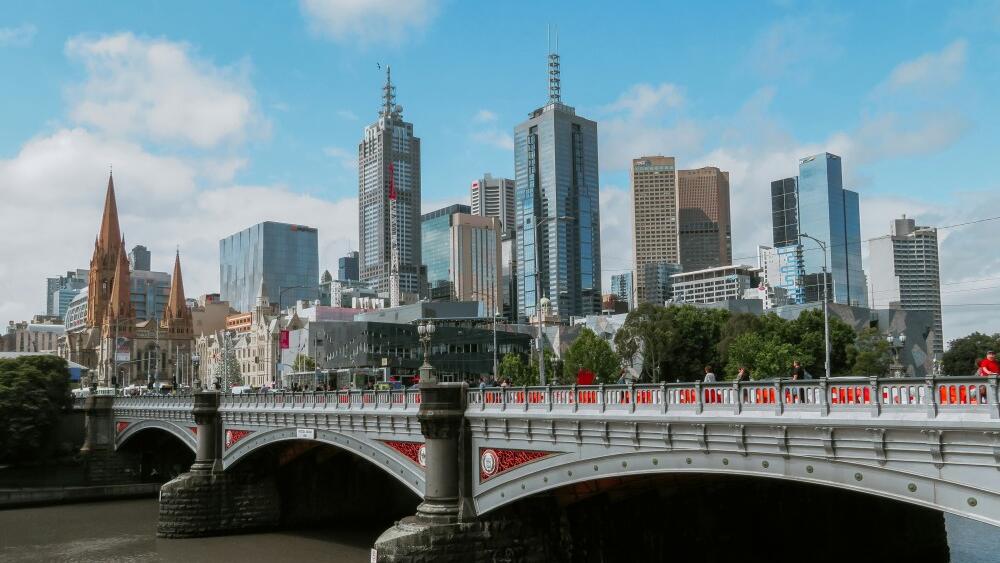Australian cities have claimed three of the top 10 spots on the Economist Intelligence Unit’s 2025 Global Liveability Index.
The list gives cities a score out of 100 based on criteria like health care, education and infrastructure.
While dropping from its heights as the most liveable city from 2011 to 2017, Melbourne still ranked fourth for the second consecutive year. This was due to flawless scores in health care and education.
It also beat out its rival, Sydney, which rose one place to finish sixth. Adelaide also entered the top 10 in ninth place.
Sydney and Adelaide also had exemplary scores for health care and education, but were ranked lower than Melbourne for culture and environment.
The average livability score across all surveyed cities was 76.1 out of 100. Melbourne, Sydney and Adelaide achieved scores of 97.0, 96.6 and 95.9, respectively.
For the first time since 2021, there was a shake-up in the top spot with Denmark overtaking Vienna as the world’s most livable city.
Vienna’s drop in the rankings was attributed to a fall in its stability score following a bomb threat to Taylor Swift’s 2024 concert, leading it to share second place with Zurich.
However, it was Canada’s Calgary that suffered the biggest tumble, dropping from fifth place to 18th. This leaves Vancouver as the only Canadian city narrowly hanging onto a top 10 spot. This is amid long waiting lists for health care and a shortage of housing in the country.
The least liveable cities according to the list were Damascus, Tripoli and Dhaka, scoring 30.7, 40.1 and 41.7 respectively.



